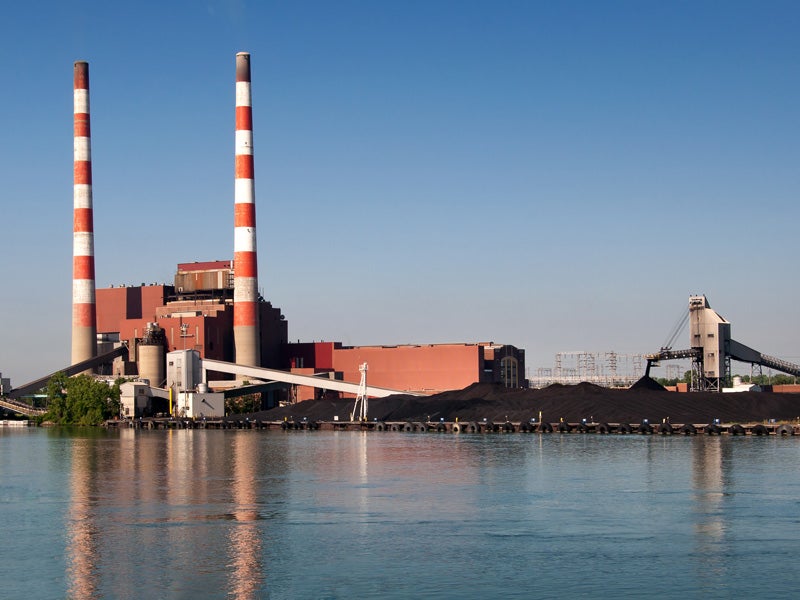EPA Updates 30-Year-Old Water Quality Standards
After 30-plus years of inaction, the EPA recently issued requirements that power plants use affordable, state-of-the-art technologies to reduce their pollution—or eliminate it where feasible.

This page was published 10 years ago. Find the latest on Earthjustice’s work.
We don’t use phones, drive cars or fly airplanes that were built based on 1982 safety standards, so why should we allow power plants to dump poisons into our waters under such outdated standards?
Today, the EPA took an important step toward updating these standards by issuing requirements that power plants use affordable, state-of-the-art technologies to reduce their pollution—or eliminate the pollution altogether where feasible.
The last time that the EPA updated these regulations for power plants was in 1982, and the only reason that the agency is doing so now is because environmental groups, represented by Earthjustice, sued the agency in 2010 to force it to better regulate this dirty industry.
This rule is a big deal because toxic water pollution sickens people, and power plants are by far its largest source. Power plants dump more pollutants, such as mercury, arsenic and lead, into our waters than the next nine industries combined. The EPA’s final rule will require power plants to eliminate the majority of this pollution, resulting in thousands of river miles that are safer to swim and fish in, and hundreds of cleaner water bodies that are safer to drink from.
The benefits of today’s rule—both to human health and aquatic environments—also far outweigh the costs. Reducing toxic metals like arsenic, hexavalent chromium, lead and mercury in our water saves hundreds of millions of dollars in health costs. These robust protections are also indisputably affordable for the industry—costing less than one percent of the average power plant’s revenue.
Today’s rule is particularly notable because it requires power plants to convert to dry handling and disposal of their coal ash, a shift which has already been adopted by the majority of the industry. This ends the decades-old industry practice of using massive amounts of water to move toxic coal ash waste out of power plants and into unlined impoundments and, ultimately, into our rivers, lakes, and streams. The rule also requires power plants to modernize their treatment of toxic scrubber sludge, phasing out unlined impoundments in favor of tank-based treatment systems.
Despite the agency’s big step forward, today’s rule doesn’t go far enough in protecting human health and our watersheds, as the Clean Water Act requires. In particular, we are concerned that the rule does not set any treatment standards for “legacy” coal ash waste stored in unlined impoundments and does not require any added treatment for the leachate that drains out of coal ash landfills. The EPA’s proposal will also allow some power plants to delay compliance with the vitally important protections established by the rule until as late as 2023, a lengthy and unjustified delay.
In the coming days and weeks, Earthjustice attorneys will be poring through the thousands of pages that the EPA has issued in support of the rule to ensure that the agency forces this dirty industry to clean up to the full extent that the law requires. At the same time, we stand prepared to defend this important rule against any attacks by industry to weaken it. We have been waiting for more than 30 years for this day to come, and now we intend to make sure that the EPA makes the most of this opportunity to significantly improve our health and the health of our waters.
Earthjustice’s Clean Energy Program uses the power of the law and the strength of partnership to accelerate the transition to 100% clean energy.